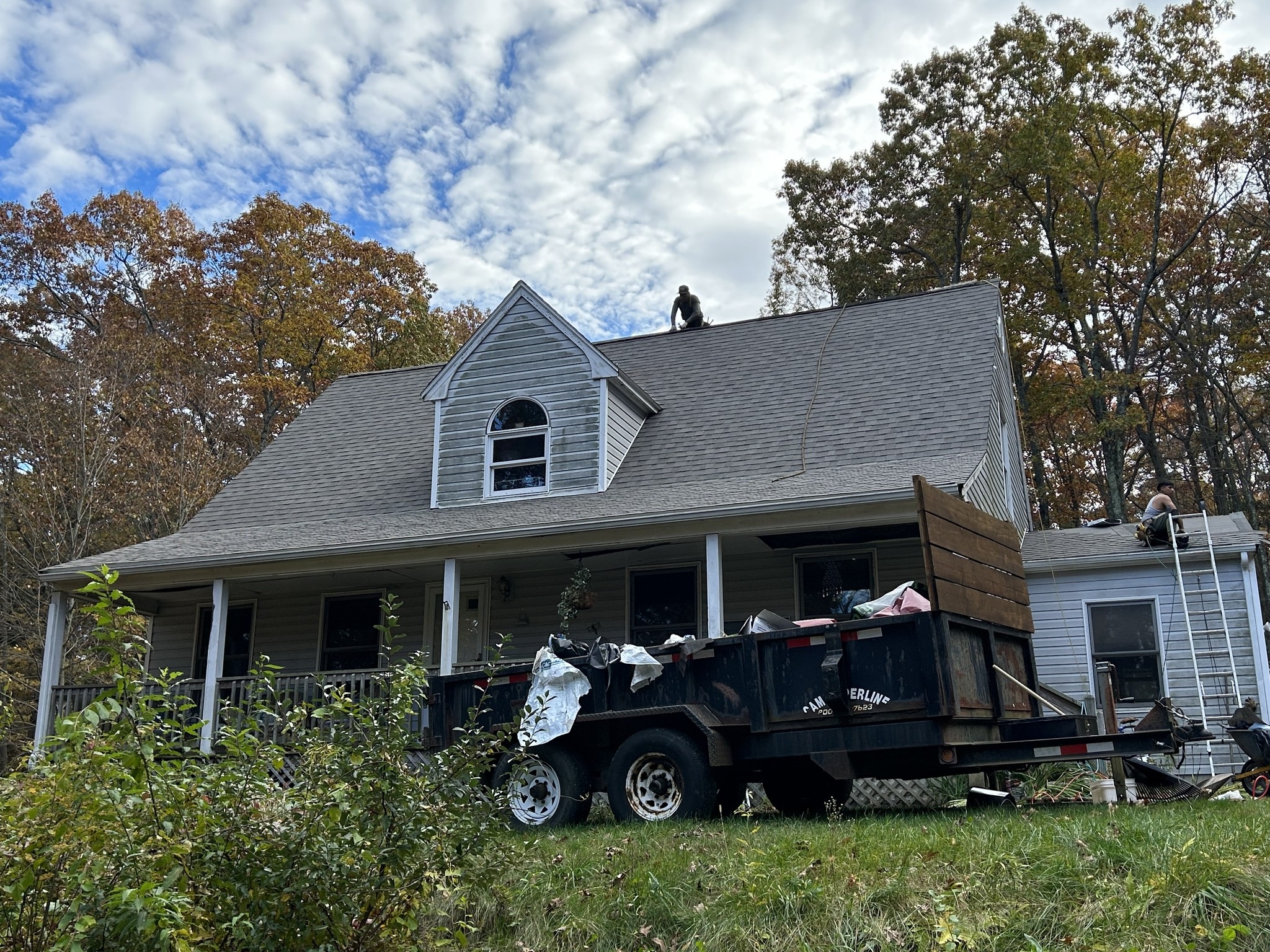
The Role of Roof Ventilation: Why It Matters and How to Get It Right Oct 11, 2025
To begin with, proper roof ventilation helps regulate the temperature and moisture levels within your home. During the warmer months, heat easily collects in the attic, causing indoor temperatures to rise, leading to an over-reliance on air conditioning systems. This not only increases your energy costs but can also shorten the lifespan of your roof due to the excessive heat. On the other hand, in cooler months, inadequate ventilation can cause moisture build-up, leading to problems like mold growth, mildew, and structural damage to your home’s infrastructure.
Moreover, effective roof ventilation extends the life of your roofing materials. Without adequate airflow, shingles can warp, blister, or become brittle over time, reducing their efficacy. Proper ventilation ensures a consistent flow of air, preventing such damage and extending the lifespan of your roof. This not only saves you money on premature repairs and replacements but also safeguards the structural integrity of your home.
The question then arises, how does one ensure proper roof ventilation? First and foremost, understanding the two primary types of ventilation systems—passive and active—is crucial. Passive ventilation relies on natural air flow, using ridge vents and soffit vents to allow hot air to escape, and cooler air to enter. This system doesn't require a power source and is an energy-efficient method for maintaining air movement.
Conversely, active ventilation systems use mechanical means such as fans or turbines to enhance airflow. These systems are particularly beneficial in homes where passive ventilation alone is insufficient, or in extreme climates where additional air movement is necessary. Consulting with experts, like those at Lind Construction, can help determine the best choice for your specific needs, taking into account factors like local climate and your home’s design.
Installation of roof ventilation should be done by professionals to ensure it meets current building codes and is effectively integrated with existing roofing structures. Additionally, regular maintenance is crucial to ensure the system operates efficiently. Inspections by roofing experts can identify potential issues early, such as blockages or damage, and provide the necessary repairs.
In conclusion, roof ventilation is an essential component of a healthy, efficient home. By maintaining appropriate ventilation, you not only protect your investment but also improve your living conditions. At Lind Construction, we are committed to helping homeowners understand the importance of this often-overlooked aspect of roofing and are here to provide expert guidance and services to ensure your roof ventilation system meets all your needs. Whether you’re building a new home or updating an existing system, do not overlook this vital feature. Proper roof ventilation is a fundamental investment in your home’s longevity and your comfort.
/filters:no_upscale()/media/c9c3d94e-e0c8-48e7-86ed-cea85d023bad.jpg)